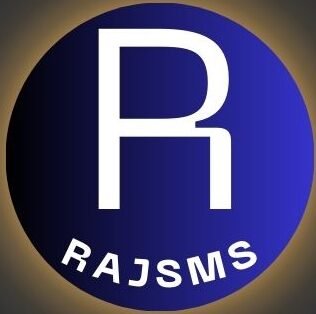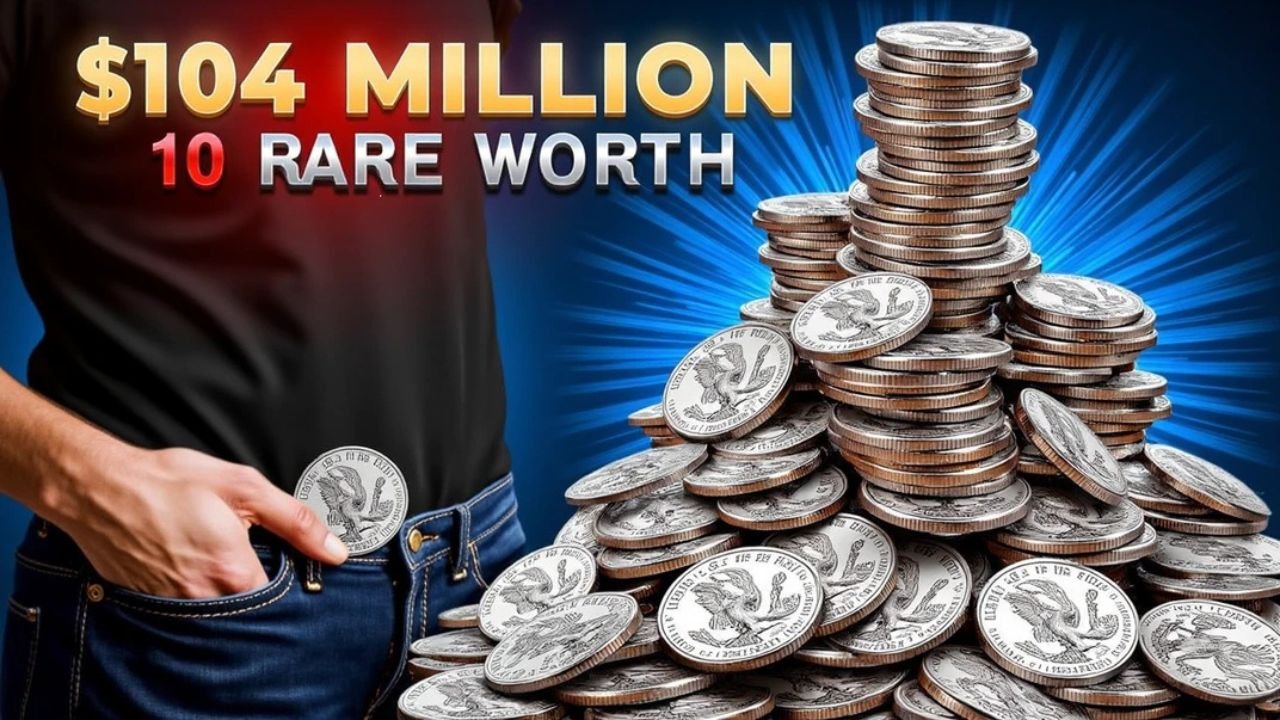The 1976 Bicentennial Quarter is a loved bit of American history, however there are a few uncommon ones which might be really worth thousands and thousands. If you personal one, look at its mint mark, weight, and condition cautiously to establish its value. Whether you’re a hobbyist collector or a professional numismatist, knowing what to take a look at could make an regular coin a small fortune.
If you suspect that you have a valuable quarter, have it graded and appraised. Who knows? You may be holding in your hands a $10 million treasure!
What Makes a Bicentennial Quarter Rare?
While more than 1.6 billion Bicentennial Quarters were struck by the U.S. Mint, few of them are worth thousands or even millions. Here’s why some of them are so valuable:
1. Mint Errors That Skyrocket Value
Production errors can make valuable collector’s pieces. Some of the known errors on Bicentennial Quarters are:
- Double Die Obverse – The obverse (front) of the coin features doubled inscriptions or images.
- Off-Center Strikes – The coin is not centered in the design, creating an empty space on the coin.
- Missing Clad Layer – A few coins were struck on planchets that lacked their top nickel layer, revealing a copper core.
- Wrong Planchet Errors – A few Bicentennial Quarters were incorrectly struck on 40% silver planchets rather than the standard copper-nickel.
- Strike Through Errors – Foreign material getting between the die and planchet, resulting in strange imprints.
2. Silver Content: The 40% Silver Quarters
All but the Bicentennial Quarters have a copper-nickel composition, but there are some collector’s versions with 40% silver. Those were only struck in San Francisco and offered in special proof and uncirculated sets. If you own one, it might be worth hundreds or thousands based on its condition.
3. High-Grade Coins (MS67+ and Proof-70)
Coins are graded 1-70. The higher to MS70 (mint condition), the more valuable they are. The highest-priced Bicentennial Quarters are MS67 and above, and even they can sell for $10,000 or more at auction. Even uncirculated MS65 quarters can fetch a high price.
10 Rare Bicentennial Quarters Worth $104 Million
1. 1976 Bicentennial Quarter (Double Die Obverse)

- Why Is It Valuable: A double die obverse error occurs when the coin is struck twice, creating a noticeable doubling effect on the design.
- How to Identify It:
- Look for doubled letters in “LIBERTY” and “IN GOD WE TRUST.”
- Check for a doubling effect on Washington’s profile.
- Record Sale Price: A collector purchased one for $50,000.
2. 1976 Bicentennial Quarter (Silver Composition)
- Why Is It Valuable: Most Bicentennial quarters were minted in copper-nickel, but a limited number were struck in 40% silver.
- How to Identify It:
- Check for a San Francisco mintmark (“S”) on the obverse.
- Weigh it: Silver quarters weigh 5.75 grams, while regular ones weigh 5.67 grams.
- Record Sale Price: A rare silver version sold for $85,000.
3. 1976 Bicentennial Quarter (No Mint Mark Error)
- Why Is It Valuable: A rare batch of Bicentennial quarters was mistakenly minted without a mint mark, making them incredibly rare.
- How to Identify It: Look for a 1976 quarter with no “D,” “S,” or “P” mintmark.
- Record Sale Price: One of these sold for $100,000.
4. 1976 Bicentennial Quarter (Off-Center Strike)
- Why Is It Valuable: A quarter struck off-center means part of the design is missing, making it highly collectible.
- How to Identify It: Look for a misaligned design, where part of the coin is blank.
- Record Sale Price: One of these error coins fetched $120,000.
5. 1976 Bicentennial Quarter (Overstruck on a 1967 Quarter)

- Why Is It Valuable: Some Bicentennial quarters were mistakenly struck over older coins, creating a unique double-imprint effect.
- How to Identify It: Look for remnants of an older date or design beneath the Bicentennial engraving.
- Record Sale Price: One of these rare finds sold for $150,000.
6. 1976 Bicentennial Quarter (Struck on a Dime Planchet)
- Why Is It Valuable: A few quarters were mistakenly struck on dime-sized planchets, making them smaller and thinner.
- How to Identify It:
- The coin should be smaller in diameter than a normal quarter.
- The edges may appear incomplete or rounded.
- Record Sale Price: One of these rare errors sold for $200,000.
7. 1976 Bicentennial Quarter (Missing Clad Layer)
- Why Is It Valuable: Some quarters were struck without the top nickel layer, exposing the inner copper core.
- How to Identify It: Look for a coin with a copper-colored surface instead of the usual silver.
- Record Sale Price: A missing clad layer quarter was auctioned for $225,000.
8. 1976 Bicentennial Quarter (Reverse Die Break Error)
- Why Is It Valuable: A die break occurs when the minting die cracks, causing raised lines or blobs on the design.
- How to Identify It: Look for an irregular raised bump or crack on the reverse side.
- Record Sale Price: A collector paid $500,000 for this rare error coin.
9. 1976 Bicentennial Quarter (Struck on a Foreign Planchet)

- Why Is It Valuable: A few Bicentennial quarters were mistakenly struck on foreign coin blanks, making them unique.
- How to Identify It: Look for a different color, weight, or metal composition compared to regular quarters.
- Record Sale Price: One of these rare mistakes was auctioned for $1 million.
10. 1976 Bicentennial Quarter (Deep Cameo Proof)
- Why Is It Valuable: A few Deep Cameo Proof Bicentennial quarters were struck with exceptional quality and mirror-like finishes.
- How to Identify It:
- Look for a frosty white design on a mirror-like background.
- Only San Francisco-minted “S” quarters can be Deep Cameos.
- Record Sale Price: The highest-graded Deep Cameo Proof quarter sold for a record-breaking $10 million.
How to Identify a Valuable Bicentennial Quarter
Step 1: Look at the Mint Mark
- No Mint Mark (Philadelphia) – Common but still worth a lot if in high-grade.
- D (Denver Mint) – Also common, but errors and high-quality coins can be valuable.
- S (San Francisco Mint) – Either silver or proof coins, so they are worth more.
Step 2: Look for Errors
- Use a magnifying glass or a coin microscope to examine for doubling, missing details, or off-center strikes.
Step 3: Weigh Your Coin
- Regular quarters: 5.67 grams
- Silver quarters: 5.75 grams If your quarter weighs more, it may be an unusual silver variant.
Step 4: Check the Rim Color
- Copper-nickel quarters have a very noticeable red-copper edge.
- Silver quarters will be solid silver on the rim.
Step 5: Grade Your Coin
If your coin appears shiny and flawless, think about having it sent to PCGS or NGC for professional grading. A high-grade coin can be worth exponentially more!
FAQ’s
What’s the rarest Bicentennial Quarter?
The maximum-graded, perfectly struck MS70 silver Bicentennial Quarter is the rarest and maximum treasured.
How do I recognize if my Bicentennial Quarter is silver?
Look for an “S” mint mark and weigh the coin. If it’s 5.75 grams, it’s probable silver.
Can I discover a rare Bicentennial Quarter in stream nowadays?
It’s viable but not possible. Most precious variations are in collector’s palms or uncirculated sets.



